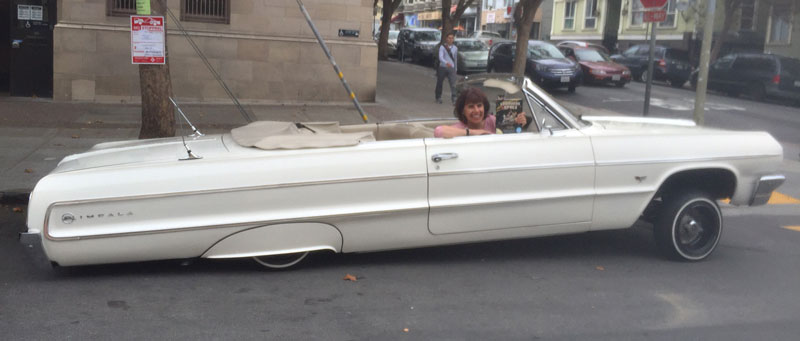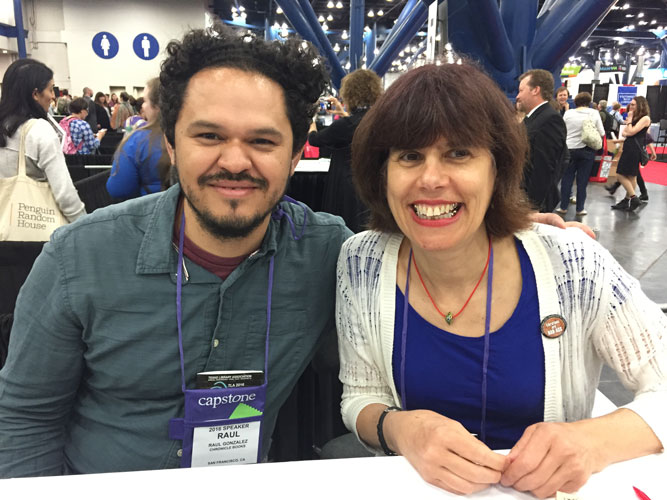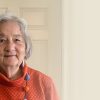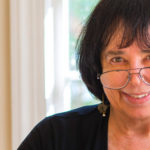“I always wanted to be a writer since I learned to physically write in first grade,” reminisces Cathy Camper. An author and an artist on the side, Camper spends her days as a librarian in Portland, Oregon—a career path she decided on early in life.
“In high school, I got a job at my elementary school library shelving books, and that’s when I realized libraries were a safe haven for someone who wanted to be a writer. My junior and senior year of college, my dad was dying of cancer, so I felt it was crucial I get a job in case I had to help support the family, due to his illness. It made sense to become a librarian because what other training could help you find the answer to anything in the known universe? Also, I knew that it would be difficult for me to ever earn a living with health insurance, writing the kinds of things I wanted to write. So being a librarian made sense—it was a job where I’d always be helping people, and I’d have a wall of knowledge at my back for any kind of research I’d need to do.”
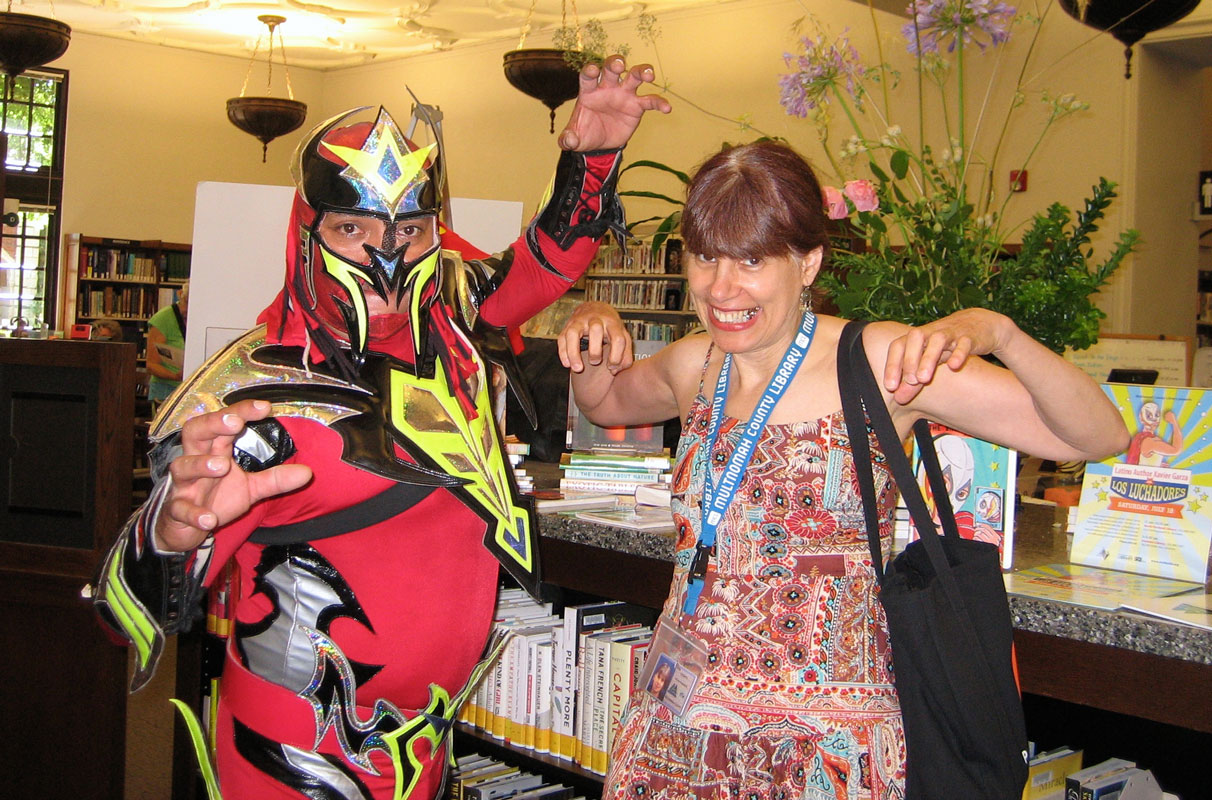 Today, Camper is an outreach librarian for the Multnomah County Library. Her work involves serving K-12 students in seven school districts. She visits classrooms where she shares how to use the library, promotes reading and information literacy, and instructs students in research, intellectual freedom and privacy, and Internet safety.
Today, Camper is an outreach librarian for the Multnomah County Library. Her work involves serving K-12 students in seven school districts. She visits classrooms where she shares how to use the library, promotes reading and information literacy, and instructs students in research, intellectual freedom and privacy, and Internet safety.
“My coworkers and I back up what teachers and school librarians do by providing information and materials they request from the public library. I tell kids when I visit their classrooms, ‘I’m at my job right now!’ My job experience gives me a current, active idea of how books are used in the classroom, and what students and educators use and need.”
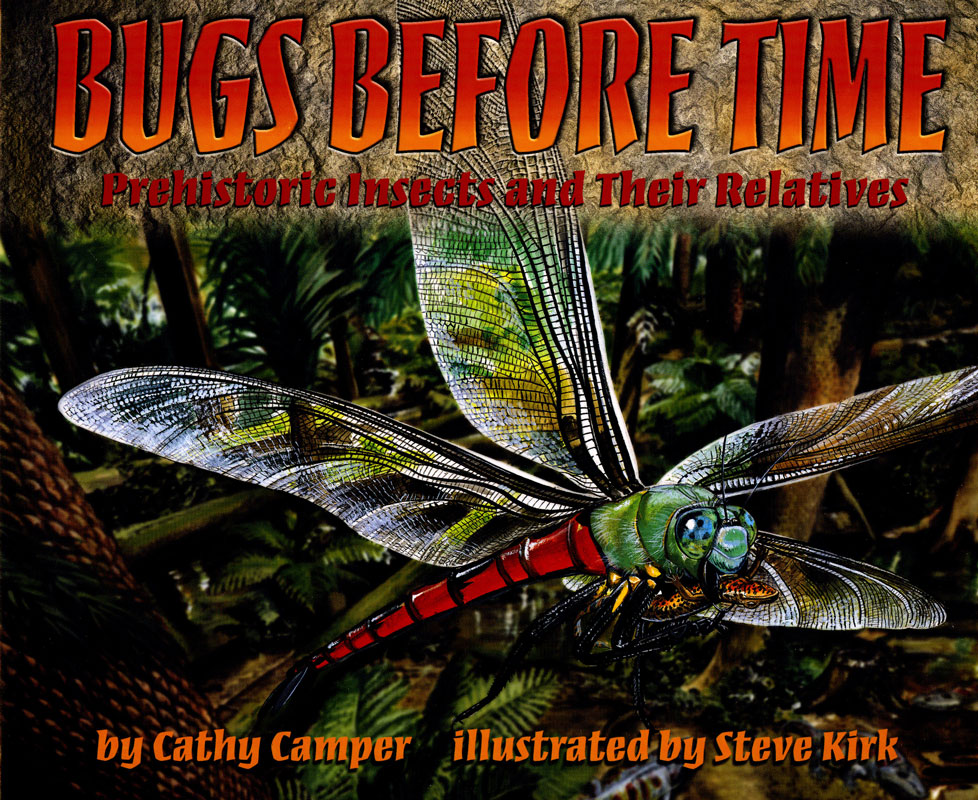 Seeing and understanding the needs of students and educators is what lead Camper to write and publish her first book in 2002, a nonfiction science book: Bugs Before Time; Prehistoric Insects and Their Relatives (Simon and Schuster). “It is about giant prehistoric insects like a dragonfly as big as a crow and a millipede bigger than your mom!” Seeing the needs of young people is also what prompted Camper to write her first graphic novel, Lowriders in Space (Chronicle Books, 2014).
Seeing and understanding the needs of students and educators is what lead Camper to write and publish her first book in 2002, a nonfiction science book: Bugs Before Time; Prehistoric Insects and Their Relatives (Simon and Schuster). “It is about giant prehistoric insects like a dragonfly as big as a crow and a millipede bigger than your mom!” Seeing the needs of young people is also what prompted Camper to write her first graphic novel, Lowriders in Space (Chronicle Books, 2014).
“Back in 2005, I was just so angry, working as an outreach librarian, that I didn’t have books that met the needs of a lot of kids I was seeing. I thought that maybe I’d try to make a change. But I was also mad at how publishing houses were mostly white and didn’t seem to change,” confesses Camper, an Arab American of Lebanese descent. “When I came up with the idea for Lowriders, I had three goals:
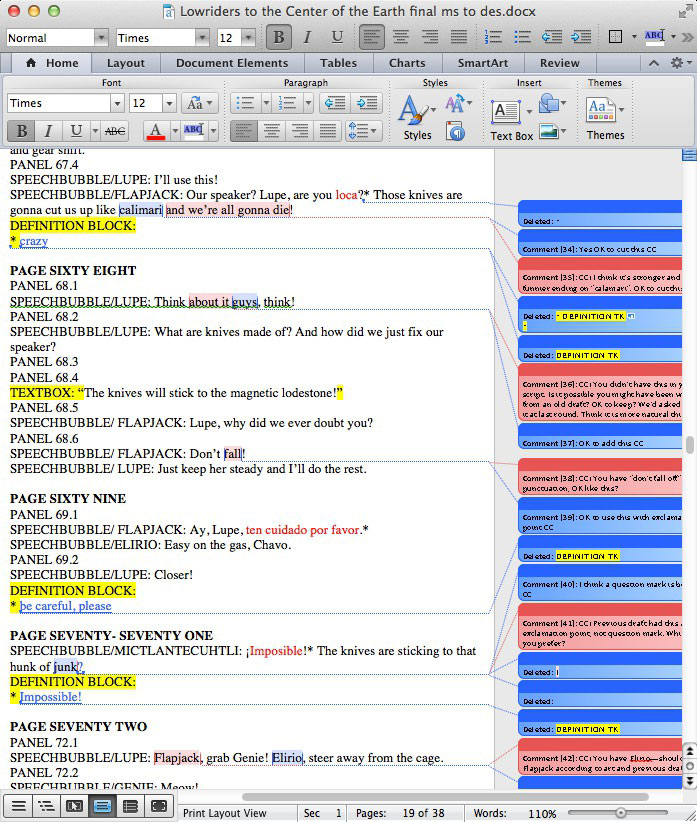
- To publish a book that would connect with English-Spanish speakers (since by 2050 a third of the country will be English-Spanish speaking households)
- To create a book that would appeal to boys since boys’ literacy rate was dropping
- To connect with kids who loved comics and graphic novels.”
So Camper began researching and laying out her story. “I’m not fluent in Spanish; I took several community college courses, so I know some, but not a lot. So I did a ton of research, reading, watching films, going to lowrider car shows, and specifically listening and talking to people about lowrider culture. I’m grateful for a lot of help I’ve had from Latino friends, both with language and ideas. I have many people read over the manuscripts to make sure I’m reflecting things correctly.”
“My parents were avid readers, and we always had books around the house. We used the library too—I remember my mom taking us to the library—almost a mile away, with our red wagon, to bring home books.”
In regard to the art, Camper knew Raúl III was the artist for the Lowriders project. “I thought if I’m lucky enough to get my foot in the door to publish, I want to bring in another person of color, too. Because change needs to happen on more than one level. I thought if we could make just a little dent in that big wall of racism, take whatever skills and opportunities we had to make a weak spot in that wall, more and more creators would follow with books that were even better, and voices against racism would grow stronger. So I fought to have Raúl III’s artwork, and that’s not common in the world of children’s books—to bring in an illustrator—so I got pushback on that when I was pitching to agents and publishers.”
Nearly 10 years after beginning Lowriders in Space, it was published by Chronicle. “We were lucky to connect with the amazing folks at Chronicle,” says Camper, “because they understood what we were doing, and why it was so important. Book two, Lowriders to the Center of the Earth (Chronicle, July 5, 2016), took about two years because we had a contract, a process, and an editorial team already established.”
Kids, teachers, librarians, and parents have embraced characters Elirio, Flappy, and Lupe and their lowrider adventures as well as the bonus materials in each book, such as the glossary. “I’ve had several kids come up to me at presentations and tell me they just read the whole book through from beginning to end! I wanted the notes, translations, and glossary included to empower all readers. I wanted our book to provide all the tools a kid would need to understand and learn from it. Plus, using those tools, for any kid, is gratifying and empowering. Another reason I included these tools is to make the books more useful in schools. School budgets are extremely tight, so the more I could make my book useful in language and cultural lessons, and match Common Core standards and goals, the better.”
“I was smart in school, but rebellious. I hated what we had to read for assignments. My parents let me read whatever I wanted, so by fifth or sixth grade I was reading adult books as well as kid’s books—I think that was one of the best things they could have done. It’s also why I’m an avid supporter of intellectual freedom and letting kids read what they want.”
Whether there will be a third (or more) Lowriders adventures remains to be seen. “Raúl and I hope there will be more, but that’s also up to our publishers. Then again, you never know. We’ve always thought a Saturday morning cartoon, plushies, or t-shirts would be fun.” For now, Camper and Raúl are keeping busy with other projects.
“Raúl and I are excited to be partnering on a short comic for the next Jon Scieszka Guy’s Read anthology due out in 2017, with the theme of Heroes and Villains. I have a forthcoming (date not set) picture book with Dial/Penguin called Ten Ways to Hear Snow about an Arab American girl who braves the snow after a blizzard to help her grandma make grape leaves. And there’s a YA book, Circle A, set in the ’80s in Minneapolis which has an Arab American girl as one of its main characters, which I hope will find a publisher in the future. And I have some other things I’m working on, but they’re still in the works … no guarantee of a publisher yet … so we’ll see.”
Camper on Diversity and Authenticity
“I’m really glad to see a move towards more diversity in kids’ books. It’s about time! I rarely saw myself, as an Arab American, in books, so I get what that’s like. There are barely any kids’ books about Arab American culture. I do have books with Arab American characters—we need those too—Lowriders in Space just got published first.
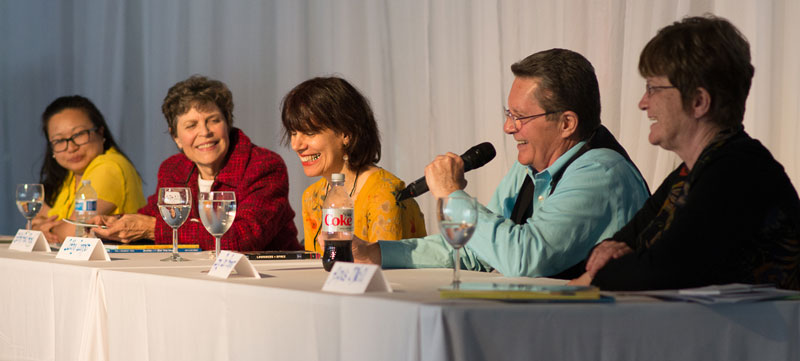
California School and Library Association Diversity Panel, from left to right: Moderator Virginia Loh-Hagan, Edith Hope Fine, Cathy Camper, Larry Dane Brimner, Alexis O’Neill
Authenticity is crucial. I think people can write about whatever they want, but if you write outside your culture, you need to humble yourself, shut up and listen, write respectfully, and very important, consider that whomever you write about is also your audience. How will your books move out into that community, enrich readers, and foster young readers beyond you?
Raúl and I both do a ton of outreach to classrooms, and it’s so cool to see the self-empowering effect of Latino kids recognizing themselves and Latino culture on the pages. An example, I did a series of library visits in the Bay Area, where we tried to connect with lowrider car clubs from the area to bring cars to the library, so patrons could connect the idea of the book, literacy, and libraries with local lowrider history, STEM, and car technology. It was truly amazing!”
Did You Know?
Cathy Camper is a recognized artist?
“If you go to the Minnesota State Fair, watch for my seed art. I still enter every year even though I now live in Portland, Oregon.”
Cathy Camper is a daydreamer?
“My ideas are a combination of research, daydreams, stories other people tell me, and things from my own life. I’m a big advocate for daydreaming—my cell phone is mostly turned off to allow for this.”
Cathy Camper is fascinated by science?
“I love to read science for inspiration. You can’t get any weirder than what’s really true! Did you know some of the rings of Saturn are braided? Or that squid can change their colors according to their emotions? That’s all you need to get a story going.”
Cathy Camper is not a fan of journaling?
“I never liked keeping diaries or journals. Instead, I weave parts of my life, stories, and facts people share, into my fiction. For example, the search for the cat in the second Lowriders book came about because my big orange cat died when I was writing book one. So book two is a tribute to him, a metaphor with a happier ending, where the heroes go on a road trip to the underworld to find their cat—only he comes back with them in the end. Plus, they discover their cat has some special Aztec attributes any cat owner would want their pet to have!”
Cathy Camper’s Lowriders in Space is a nominee for the Texas Bluebonnet Award?
“The awesome Bluebonnet folks have created a Lowriders in Space site which includes fun things, like our book trailer, interviews with Raúl and I, and a readers’ theater version of the story.”
Cathy Camper welcomes feedback and conversation from readers and educators?
“I got some fun ideas from the third-grade teachers and librarian Laura Given at Parkview Center School in Roseville, Minnesota: Have kids draw their own comics with ballpoint pens, and if they don’t know what to do for dialog, have them use jokes they know. Or, have kids invent their own prize-winning car, and label all the cool parts that make it extra special. One class even had a car design contest, and the winner got the same prize as in the book—a carload of cash—only it was a toy car with a dollar bill tucked inside!”

